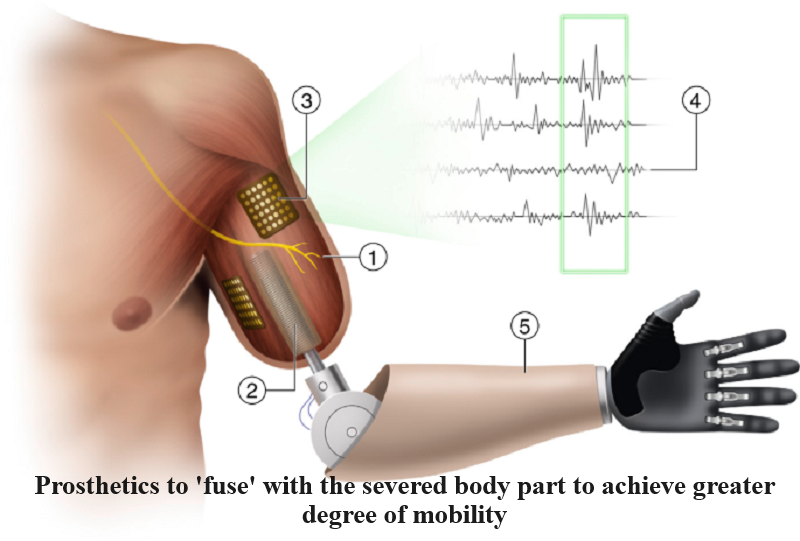
The loss of a hand due to an accident is an emotionally devastating experience. Even with the availability of prosthetic limbs, achieving a full return to normalcy is often far from guaranteed. However, advances in technology are paving the way for significant progress in this field, offering renewed hope to those affected. A recent case involving a 50-year-old Swedish woman serves as a testament to these advancements.
This case highlights the evolving field of prosthetics, which is now striving to achieve a more seamless fusion between the prosthetic limb and the residual stump of the severed hand. This innovative approach is aimed at providing patients with greater mobility and even a sense of touch, and it leverages technologies such as Artificial Intelligence (AI).
The case was initially reported by ScienceAlert, and the team of engineers and researchers who collaborated with the patient has since published their findings in the journal Science Robotics.
The patient, identified as Karin (last name withheld), lost her hand in a farming accident several years ago. Rather than traditional prosthetics, she was equipped with a bionic hand that leverages cutting-edge technology to establish a direct connection between the artificial hand and the user’s bones, muscles, and nerves. This unique human-machine interface allows for the utilization of AI to translate brain signals into precise and controlled movements.
As reported, Karin has now regained a limited sense of touch and can successfully manipulate all the fingers of her bionic hand with a remarkable 95% success rate. This achievement marks a significant milestone in her journey toward recovery.
After living without her right hand for two decades following the farming accident, Karin can now perform approximately 80% of her daily activities with relative ease. This includes tasks such as meal preparation, zipping and unzipping clothing or bags, operating doorknobs, and picking up various objects.
The collaborative team of researchers comprises professionals from Italy, Sweden, and Australia. Max Ortiz Catalán, a robotic engineer who led the research at the Bionics Institute in Melbourne, Australia, and the Center for Bionics and Pain Research in Sweden, expressed optimism about the life-changing potential of this innovative technology for individuals facing limb loss. He emphasized the strong integration between the artificial limb and the skeleton, a groundbreaking achievement that significantly enhances the functionality of the prosthetic.
This remarkable case offers hope and renewed possibilities for individuals who have suffered limb loss, demonstrating the promising future of advanced prosthetic technology.

Post Your Comments